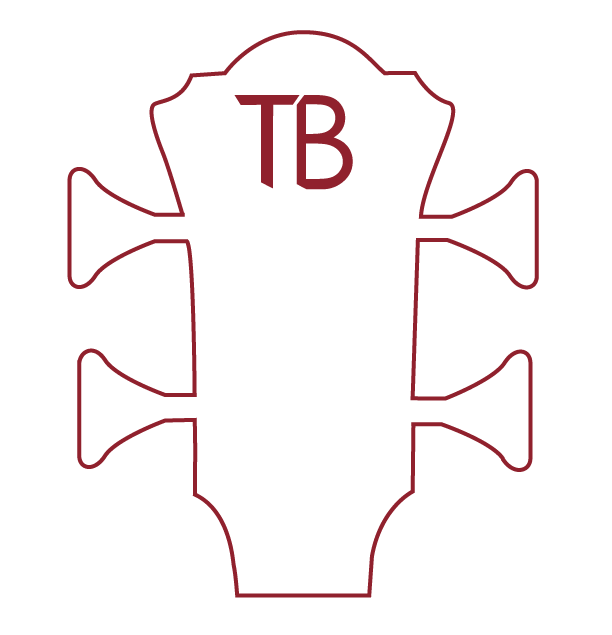Thomson Rueters - Findlaw
As a UI designer, I worked on dozens of projects wearing many different hats. I was tasked with creative briefs, ideation of branding, directing a team of developers, ensuring best UX/UI practices, and upholding current A11Y accessibility standards.
MY ROLE:
UI Design
UX Design
UX Research
Art Direction
Branding
Graphic Design
METHODS/TOOLS
Primary/Secondary Research
Wireframing
High Fidelity Design/Prototyping
Divi
Figma
CSS
Wordpress
Collaboration & Art Direction w/ Developers
A11Y Standards
QA Testing
Client Presentation
Goals
The Breifs
Starting with creative briefs, designers set the foundation of the site. Interacting with an assigned team of developers, up to 25 of these sites were assigned at one time. Communication, patience, and time and asset management between all of open sites as well as the other designers for support was integral.
-
Using the database:
• Find any useful existing information
• Review information provided by project managers
• Connect with previous team if project was transferred
-
• Logo creation*
• Color pallet and usage*
• Photography selections*
• Initial site layout
*Some clients provided these assets or were available in databases
-
• Setting a timeline for the project
• Attracting assets
• Form completion
• Completed briefs would be sent to the developers to create the framework of the site

